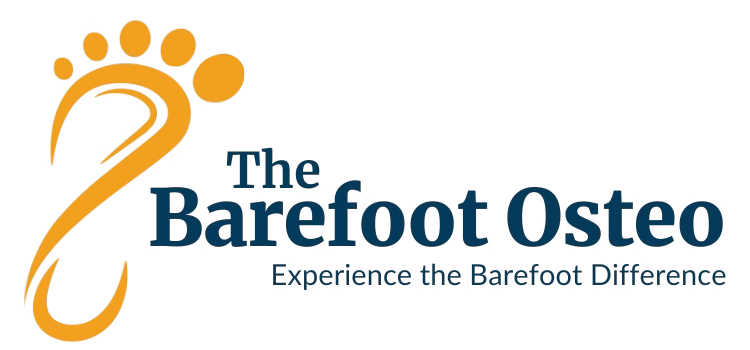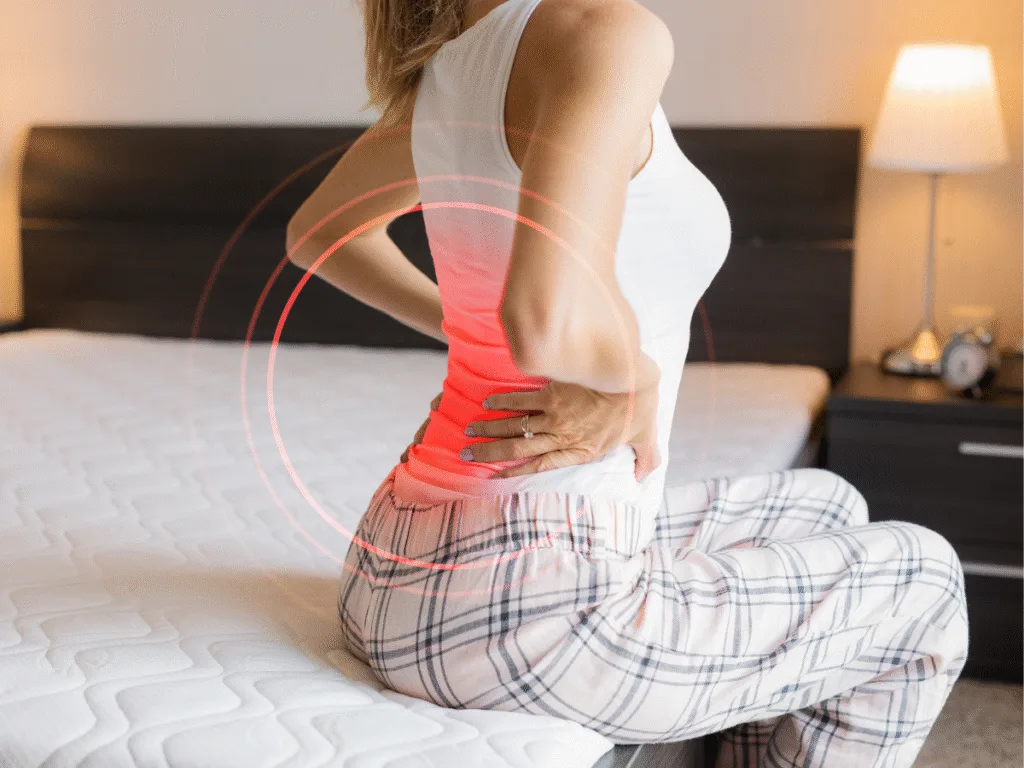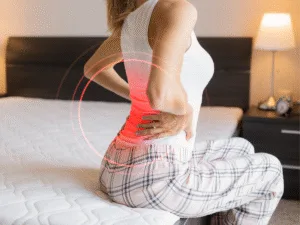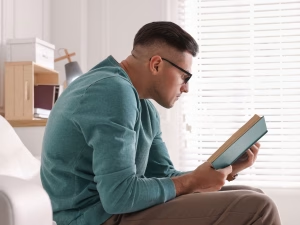The deeper causes of persistent discomfort (and what you can actually do about it). At The Barefoot Osteo Warrnambool, we meet people every week who ask, “Why won’t my back pain go away?”
It’s a frustrating question—but one that often has real, solvable answers.
The answer is rarely simple… but it’s almost always solvable.
In this post, we’ll walk you through the most common reasons chronic back pain sticks around, how osteopathic treatment differs from quick fixes, and—most importantly—what you can start doing today to move forward with confidence.
📍 What Makes Back Pain “Chronic”?
If your lower back pain has lasted longer than 3 months or flares up repeatedly with little warning, it’s considered chronic. But that doesn’t mean it’s untreatable—it means your body is trying to compensate for something deeper.
For many patients asking why won’t my back pain go away, the answer lies in how the body compensates—in ways we don’t even notice. Often, persistent pain doesn’t come from a single injury. Instead, it builds over time through a combination of:
- Poor posture or prolonged sitting
- Weak or inactive core stabilisers
- Tight hips and limited mobility
- Old injuries that never fully recovered
- Emotional stress or fear-avoidance habits
🧠 Key Insight from Osteopathy:
Pain is more than just a signal of damage—it’s often your body’s way of saying, “Something isn’t working efficiently.” It could be poor load transfer, muscular imbalance, or lack of movement variability. Osteopathy helps uncover the underlying dysfunctions—not just mask the symptoms.
🤷 Why Won’t My Back Pain Go Away — Even After Treatment?
“I’ve Tried Everything — But the Pain Keeps Coming Back”
It’s a common story. Many of our clients at The Barefoot Osteo Warrnambool have already been to GPs, tried massage or physio, or taken anti-inflammatories… but the relief didn’t last.
Often, they’ve been told they have “non-specific lower back pain”—a frustrating term that doesn’t offer much clarity or direction.
But according to Professor Stuart McGill, world-renowned spinal biomechanist from the University of Waterloo, this label is not only unhelpful—it’s misleading.
“There is no such thing as ‘non-specific back pain’—only individuals who have not had a thorough assessment.”
— McGill, 2016 Position Paper on Back Pain Classification
McGill’s research shows that back pain is almost always aggravated by specific movements, postures, or loads. When those triggers are identified, a clear prevention and rehab strategy can be created. Classification—not vague diagnoses—is the key to solving the puzzle.
🚩 Common (But Overlooked) Causes of Persistent Back Pain
Many patients come to us having been told they have “non-specific lower back pain.” But in osteopathy, we know that specific dysfunctions can be identified—with the right approach.
Here are some of the most common biomechanical and functional culprits:
1. Discogenic Pain or Facet Joint Dysfunction
Your discs and facet joints are sensitive to prolonged flexion (like slouching) or repetitive strain. When these structures lose support from your core and glutes, they begin to bear the brunt of your daily movement—resulting in deep, aching, or radiating pain.
2. Sacroiliac Joint Dysfunction
Often missed in standard assessments, SI joint irritation can cause asymmetrical pain, especially after sitting, lifting, or twisting. This is particularly common in busy parents and active adults.
3. Tight Hips & Thoracic Spine
If your hips and upper back aren’t moving well, your lower back will overcompensate. Over time, this leads to lumbar overuse, poor load distribution, and (you guessed it) pain that just won’t quit.
Want to explore this more deeply? Read:
Chronic Lower Back Pain: An Osteopathic Perspective on Long-Term Relief
🧠 It’s Not Just Physical — A Deeper Layer of Pain
Some cases of persistent lower back pain can’t be fully explained by joints, discs, or muscles alone. That’s because pain is also influenced by your nervous system, your emotions, and even your daily environment—a concept known as the biopsychosocial model of pain.
Here’s how that plays out in real life:
- Nervous system sensitisation: When pain lasts a long time, your brain starts to overreact to normal signals—like bending over or lifting light things—causing discomfort even after the tissue has healed.
- Fear of movement: You start avoiding certain positions or exercises because you’re afraid they’ll make things worse. That creates tension, hesitation, and muscle guarding.
- Sleep disruption & emotional stress: Poor sleep, mental fatigue, and general stress lower your body’s resilience and make it harder to bounce back.
- Frustration & confusion: When no one gives you a clear reason or roadmap, it’s easy to feel like you’re stuck with it.
At The Barefoot Osteo, we never treat pain in isolation. We support your nervous system, your mindset, and your movement—so your whole body can move out of “protection mode” and back into ease.
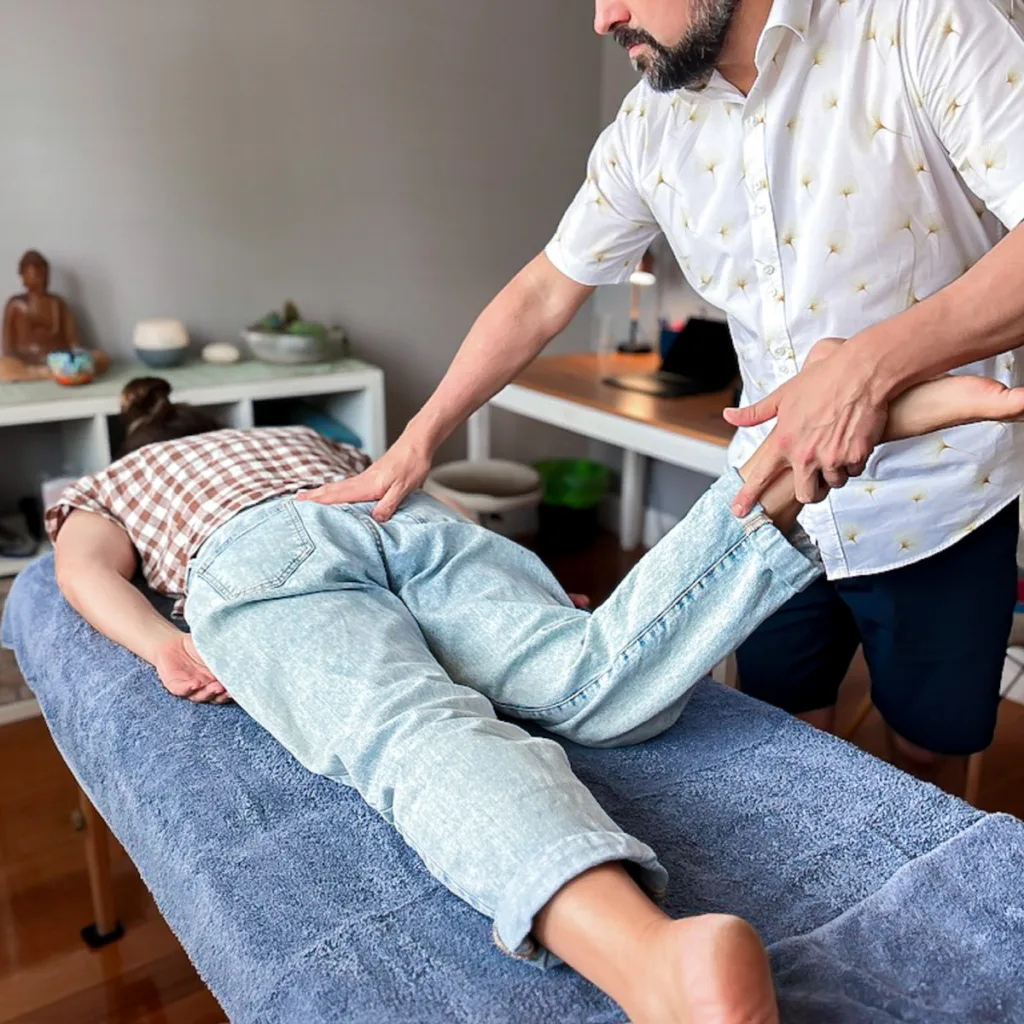
🔄 What Actually Helps?
Relief is possible—but it usually requires a more holistic and layered approach. At The Barefoot Osteo, we guide patients through a personalised plan that includes:
- Hands-on treatment to restore mobility and reduce strain
- Movement coaching to rebuild stability and confidence
- Ergonomic support for workstations and daily life
- Education that helps you understand why your body is responding this way
This isn’t a one-size-fits-all approach. It’s a root-cause, whole-body roadmap built around you.
You don’t need a diagnosis on a scan to start moving better.
You need a clear understanding of how your body is working right now—and a plan to support it from the ground up.
📥 Download our free Ergonomic Checklist
It’s packed with posture hacks, movement tips, and daily strategies that support your spine and help you feel better—right where you are.
Get Simple Tips to Protect Your Lower Back
Grab your free guide and learn easy ways to fix your setup, move smarter, and feel better every day.
Thank you!
Your download is ready — just click the link below to grab your ebook.
🔄 So… Why Won’t My Back Pain Go Away?
Here’s the truth: pain that sticks around for weeks, months, or even years is rarely caused by just one thing. Chronic lower back pain is often the result of multiple overlapping factors—some physical, some mechanical, and some neurological.
Your back pain may be lingering because:
- The underlying dysfunction hasn’t been addressed — like poor hip mobility, underactive stabilisers, or repeated strain from daily habits.
- Your body is compensating for old injuries or imbalances, creating new movement patterns that overload the lower back.
- Your nervous system has become sensitised—stuck in “protection mode”—which amplifies your pain response even after the tissues have healed.
- You’ve been managing symptoms with short-term strategies (like stretching or rest), rather than addressing the deeper drivers of the issue.
Think of your body like a system of interconnected gears. If one gear—such as your core, hips, or sleep quality—isn’t functioning properly, it throws off the whole system. Your spine bears the brunt.
That’s why our osteopathic approach is multi-layered.
We don’t just ask “Where does it hurt?” — we ask “Why is your body holding onto this pattern?”. So if you’re still wondering why won’t my back pain go away, it might be time to take a different, more holistic approach.
Want to explore this more deeply? Read:
Osteopathic Philosophy: A Holistic Approach to Health and Healing
👉 At The Barefoot Osteo, we zoom out.
We assess your movement, posture, nervous system load, and lifestyle—so we can help you break the cycle and restore balance across your whole system.
Because healing isn’t about masking symptoms—it’s about giving your body what it needs to let go of pain for good.
🤔 FAQ: Why Is My Back Pain So Stubborn?
A: Not necessarily. Chronic pain usually means your body is dealing with unresolved mechanical, neurological, or lifestyle stressors. A thorough assessment can often reveal what’s holding you back.
A: Many structural issues are subtle or functional. That’s where osteopathy shines—we assess how you move, not just what shows up on imaging.
A: Not at all. Our goal is to empower you with tools, education, and progress plans so you can manage your health independently.
🧭 Final Word: Healing Is Possible — With the Right Plan
If you’ve been dealing with recurring or unresolved back pain, it’s easy to lose hope. But you’re not broken. You’re just out of alignment—with how your body wants to move, recover, and feel.
At The Barefoot Osteo, we blend clinical assessment with movement science and osteopathic principles to uncover why your back pain persists—and what to do about it.
Whether it’s posture, biomechanics, nervous system load, or something else entirely, we tailor care to your whole picture—not just your symptoms.
If you’re ready to move beyond the cycle of temporary fixes, we’re here to support your next step toward lasting change.
📌 “Back pain isn’t just about what’s wrong—it’s about what’s missing. And that’s where we begin.”
📥 P.S. Start Today
Want practical, evidence-backed advice you can apply right away?
Download our free guide: The Barefoot Ergonomic Checklist – packed with small tweaks that make a big impact at work, home, or on the go.
Get Simple Tips to Protect Your Lower Back
Grab your free guide and learn easy ways to fix your setup, move smarter, and feel better every day.
Thank you!
Your download is ready — just click the link below to grab your ebook.
